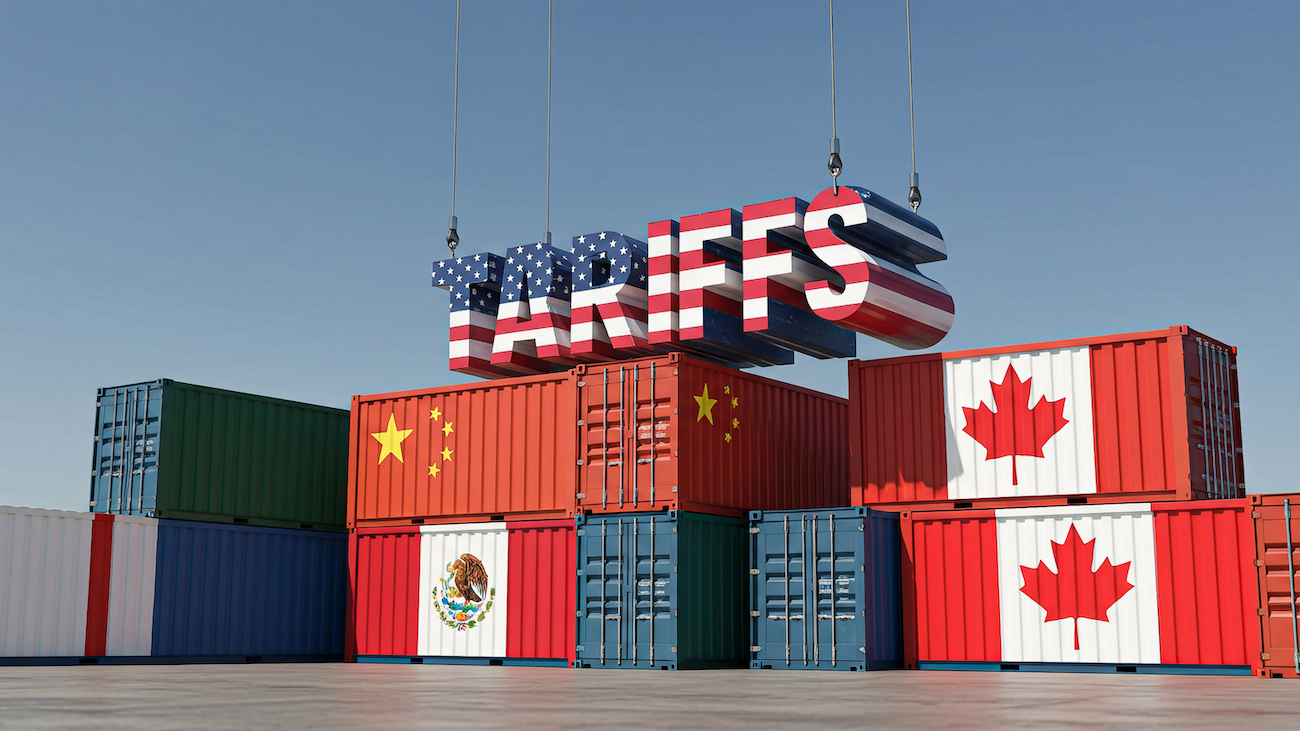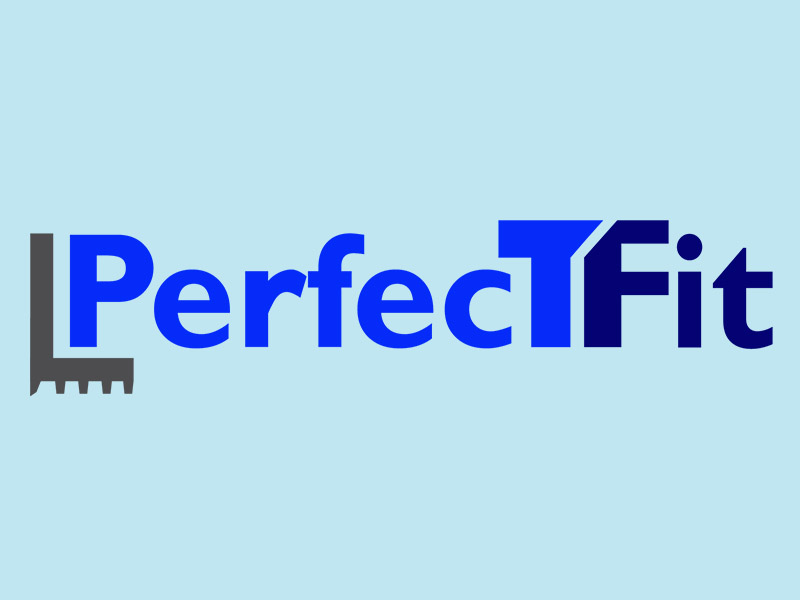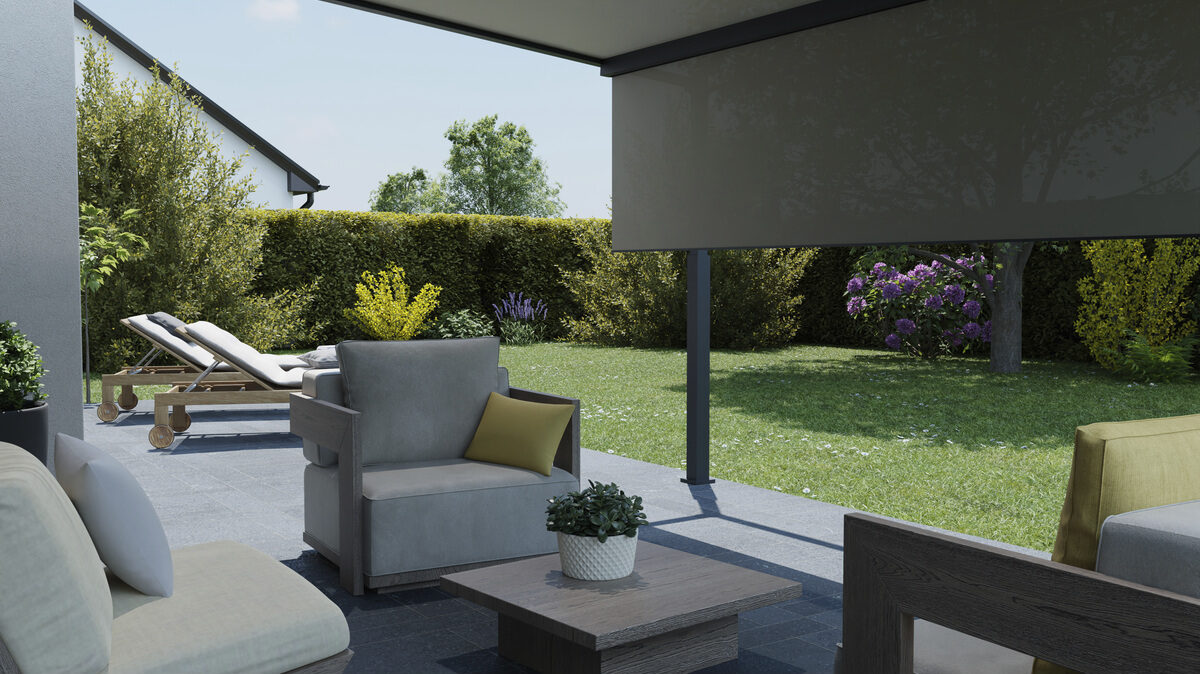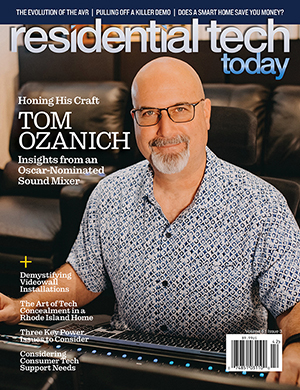The recent announcement of new broad-ranging tariffs has forced manufacturers in the custom integration industry to make numerous tough decisions, namely, how to adjust their pricing strategy. Most are considering one of two approaches: Including a separate line item for a tariff surcharge, or increasing the overall cost of their products. Of course, when it comes to pricing, there’s no one size fits all option from manufacturer to manufacturer – let alone SKU to SKU.
That said, there’s been plenty of debate around which option is the lesser of two evils in this situation. Ultimately, that decision – and how to handle the added costs and how to communicate it out to clients – is going to come down to each manufacturer and integrators’ own situation. But each approach has its advantages ✅ and drawbacks ❌.
Let’s break them down.
Related: Samsung expects limited tariff impact on TV business.
Option 1: Tariff Surcharge as a Line Item
✅ Transparency with Dealers and Customers – By explicitly listing the tariff as a surcharge, manufacturers can clearly communicate that the increase is due to external factors rather than internal price hikes.
✅ Easier to Adjust if Tariffs Change – If tariffs are reduced or eliminated in the future, it’s simpler to adjust or remove a separate charge rather than recalibrate base pricing.
✅ Avoids Inflating Product Prices Permanently – A tariff surcharge keeps the base price intact, preventing long-term inflation of product pricing structures.
❌ May Cause Customer Frustration – Seeing an extra fee at checkout can feel like an unwelcome surprise, leading to pushback from dealers and end customers.
❌ More Administrative Complexity – Adding a separate charge may create more accounting and billing complications, especially for companies that distribute through multiple channels.
❌ Can Be Confusing in Competitive Comparisons – If some manufacturers bake the tariff into their pricing while others list it separately, price comparisons between brands may become misleading.
Option 2: Increasing the Base Price of Products
✅ Simplifies Pricing for Dealers and Customers – A single, straightforward price can reduce confusion and friction in the sales process.
✅ Avoids the Negative Perception of ‘Fees’ – Customers generally dislike seeing extra fees added at the end of a purchase. By rolling the cost into the base price, the price increase is less likely to stand out.
✅ Easier for Marketing and Promotions – Promotional pricing and discounts may be easier to apply when the product price is a single number rather than a base price plus an additional fee.
❌ Lack of Transparency About the Cause of the Increase – Without an explanation, dealers and customers may assume the manufacturer is simply raising prices, potentially leading to resentment.
❌ More Difficult to Roll Back Pricing if Tariffs Are Reduced – If tariffs are lifted, lowering the product price may be more complicated than simply removing a separate surcharge.
❌ Can Impact Perceived Value – A significant increase in base pricing could affect how customers view the product relative to competitors, even if the actual cost difference is due to tariffs.
There’s no one-size-fits-all answer. Manufacturers must weigh the benefits of transparency and flexibility against the potential for customer frustration or pricing confusion. Some companies may even choose a hybrid approach—incorporating a portion of the tariff into the base price while keeping a smaller, separate surcharge to maintain some level of visibility.
Ultimately, the right choice will depend on a company’s customer relationships, competitive positioning, and operational complexity. What matters most is clear communication with dealers and customers to maintain trust as these cost adjustments take effect.
What is critical, above all else though, is consistent and clear communication – between the manufacturer and the dealer, and the dealer down to the client. What is clear in all of this is that everyone’s aware of the challenges we’re all facing, so a price increase in any form is expected. Every industry is dealing with the implications here. And, not for nothing, clients in the high-end custom integration space are likely able to swallow an increase, financially – not that you should make that assumption, of course. But remaining open and transparent with them will put you in front of any frustrations they may have, and it’ll help you build trust with them throughout the entire process.
What are you hearing out on there about how your partners plan to adjust pricing? Share your thoughts below.







![ecobee premium airzone control The ecobee Smart Thermostat Premium. [Photo credit | ecobee]](https://restechtoday.com/wp-content/uploads/2025/06/ecobee-premium.jpg)
![Hub 3_02 The SwitchBot Hub 3 provides a user-friendly solution to the growing complexity of modern smart homes. [Photo credit | SwitchBot]](https://restechtoday.com/wp-content/uploads/2025/06/Hub-3_02-scaled-e1750179791687.png)
